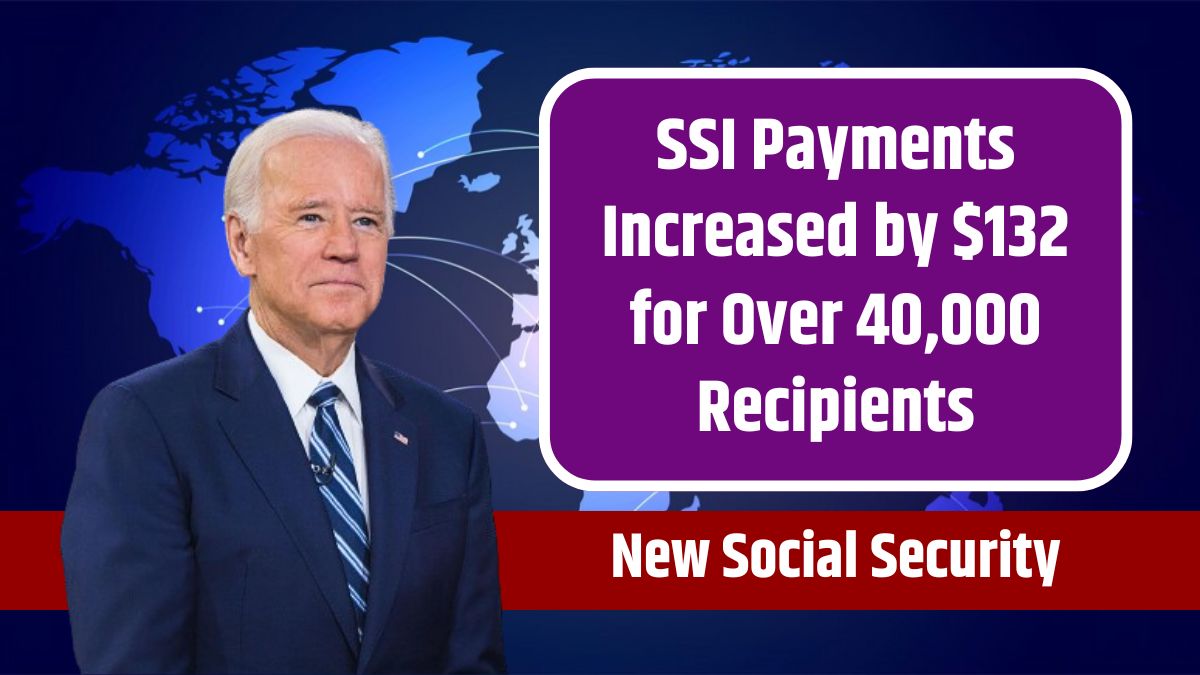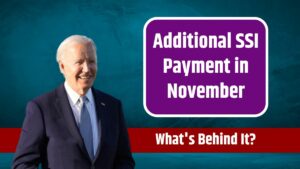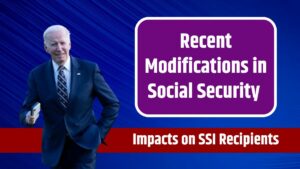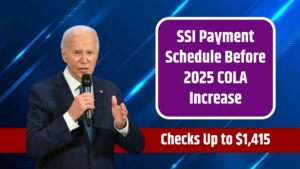The Social Security Administration (SSA) has made significant changes to the Supplemental Security Income (SSI) program, specifically regarding rental subsidies. As of September 30, 2024, the rental subsidy exception, previously available in only seven states, has now been expanded nationwide. This change is expected to benefit thousands of SSI recipients and applicants, providing an increase in benefits and making it easier for more people to qualify.
Nationwide Expansion
Before this new rule came into effect, only seven states—Connecticut, Illinois, Indiana, New York, Texas, Vermont, and Wisconsin—offered the rental subsidy exception to SSI applicants and beneficiaries. Now, it applies to all 50 states. This expansion is expected to positively affect around 41,000 Americans, increasing their monthly payments by approximately $132 if they meet the criteria for the subsidy.
But what exactly does this mean for SSI applicants and beneficiaries? If you are paying rent and it meets or exceeds a specific amount, known as the Presumed Maximum Value (PMV), you will no longer be subject to In-Kind Support and Maintenance (ISM) in the form of rental assistance. This change allows recipients to receive higher SSI payments, helping them better meet their financial needs.
Other Benefits
Apart from the increased payments, this rule change offers additional advantages. Many applicants who previously did not meet the income limits for SSI may now qualify. If you applied for SSI before but were denied due to income restrictions, it may be worth reapplying to see if you now qualify under this new rule. This adjustment could open the door to federal benefits for individuals who were previously excluded.
The expanded rental subsidy exception simplifies the SSI program, promoting equality across the country. By removing the state-specific restriction, SSA is ensuring that all eligible applicants, regardless of where they live, receive the same opportunities and benefits.
Removal of ISM for Food
Another significant change came into effect on September 30, 2024, which no longer includes food in In-Kind Support and Maintenance (ISM) calculations. This adjustment is expected to result in increased benefits for more than 90,000 SSI recipients, with an average increase of $131 per month. For many SSI recipients, struggling with inflation and rising living costs, this increase provides much-needed financial relief.
Impact on SSI Payments
With these recent changes, many SSI beneficiaries will see their payments increase. Currently, the average SSI payment is $698, but this figure is expected to rise with the new rules in place. The SSA’s Monthly Statistical Snapshot for August 2024 will offer an interesting comparison to the snapshot released in October, which will reflect the changes in average SSI payments due to the expanded rental subsidy exception and the removal of ISM for food.
This increase is particularly welcome in a time of rising costs, with many recipients finding it increasingly difficult to cover essential expenses. With inflation pushing prices higher, every additional dollar counts, and the average increase of $131 per month is expected to make a substantial difference for those who qualify.
SNAP Benefits
The SSA has also expanded the definition of a public assistance household, a change that will benefit those who receive SNAP (Supplemental Nutrition Assistance Program) benefits. Previously, if not all members of a household received public assistance, it could negatively impact SSI eligibility. However, under the new rule, this restriction has been eased, allowing more recipients to benefit from both SNAP and SSI.
Eligibility Criteria
To qualify for the new rent subsidy exception, an SSI applicant or beneficiary must be paying rent at or above the Presumed Maximum Value (PMV). If the rent paid is below the PMV, ISM will still be calculated, but the amount could be offset by other exclusions. Under the new rule, if you have a “business arrangement”, meaning you pay rent that meets or exceeds the PMV, the SSA will not consider you to be receiving ISM in the form of room or rent assistance.
This change makes it easier for SSI recipients across all 50 states to qualify for higher payments, ensuring a more consistent and equitable system for rental assistance.
Financial Planning
These changes to the SSI program bring welcome relief, but they also highlight the importance of financial planning. With potential increases in monthly payments, recipients should reassess their budgets to account for the additional funds. For those benefiting from both SNAP and SSI, the expanded public assistance household definition will further reduce financial stress.
The rental subsidy exception is one of several SSA efforts to simplify the program and ensure that more Americans can access the support they need. As costs of living rise, these changes are designed to provide critical assistance to those who rely on SSI to make ends meet.
FAQs
What is the new rental subsidy exception?
The exception eliminates ISM if rent equals or exceeds PMV.
How much will SSI payments increase with this change?
Around $132 for eligible recipients.
What states are affected by the rental subsidy rule change?
All 50 states are now included.
How does removing ISM for food affect SSI payments?
It increases payments by an average of $131.
Can I qualify for SSI if I was denied before?
Yes, the new rule may make more people eligible.









